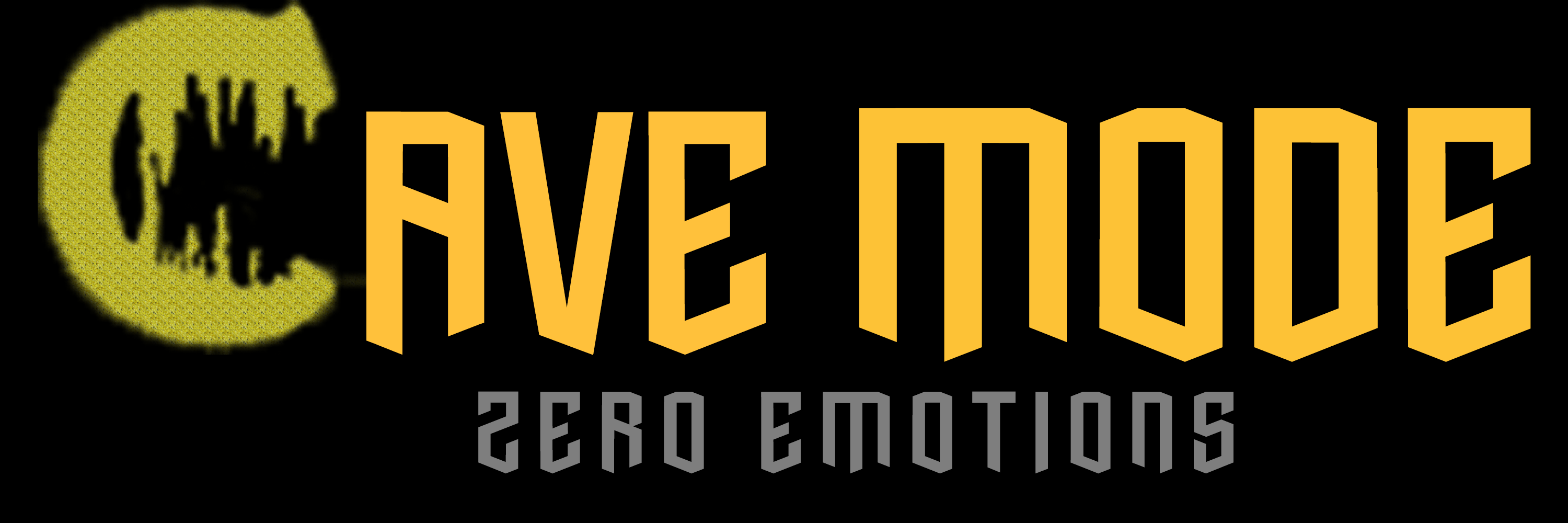The recommendations suggest that adult men, with an average weight of 70-90 kg, need 65-117g of daily protein for muscle growth. Women, with an average weight of 60-70 kg, require 58-87g. This translates to 1.2-1.5g of protein per kg of body weight per day.
Athletes increase daily protein intake by approximately 20-30% for muscle growth. However, excessive protein intake, exceeding 3 g/kg body weight, doesn’t provide extra benefits for mass gain or weight loss. The protein source also plays a role due to differences in the percentage of digestion.
How much protein do you need per day?

To calculate the amount of protein that you need to eat per day, you need to multiply the body weight by a factor of 1.2-1.5 – for example, with a weight of 70 kg, a person needs from 84 to 105 g of protein per day. In terms of the norm of calories, this is about 20-25% of the total caloric content of the diet.
Athletes require more protein – both when training for muscle growth and when losing weight. Protein foods not only fill the needs of the muscles in amino acids but also create a long-lasting feeling of fullness – which is important in a diet.
In order to gain 140 g (or even 200 g) of protein per day, the athlete is recommended to eat low-fat meat (lean beef or chicken breast), as well as eggs (without yolk). Optionally, sports nutrition can be used. One serving of protein usually contains up to 20 g of protein.
Benefits of Protein for muscle growth
Recall that any protein is made up of amino acids. Scientists identify the 22 most important amino acids for metabolism, 8 of which must be supplied with food. Depending on the presence (or absence) of these essential amino acids in foods, protein sources are divided into complete and inferior.
The most significant for athletes are valine, leucine, isoleucine, and lysine. These amino acids are necessary for the metabolic processes in the muscles, especially for their recovery and growth. They regulate normal blood sugar levels, accelerate wound healing, and promote bone and muscle tissue regeneration.
Adequate protein intake is essential for growth hormone production and post-strength training recovery. BCAA sports nutrition offers highly absorbable free-form amino acids.
Protein norms for muscle growth

The International Society of Sports Nutrition advises 1.4-2.0 g protein/kg for muscle growth. During low-calorie periods, it can increase to 2.3-3.1 g/kg, while over 3 g/kg is suggested for cutting and weight loss.
It is important to note that the norms imply the use of high-quality protein – that is, proteins of animal origin (including whey protein), which have a digestion rate of about 93-96%. Proteins of animal origin are absorbed by the body by 62-80%, while protein from mushrooms is absorbed only by 20-40%.
Does more protein equal more muscle?
Several studies indicate that excessive protein intake, including sports protein, doesn’t necessarily result in rapid muscle growth, contrary to common bodybuilder beliefs. Compliance with daily calorie content, and the presence of fiber, vitamins, and minerals is more important.
However, healthy individuals without kidney or liver issues can safely increase protein intake to as much as 3.5 kg per kilogram of body weight. Also, the recommendations involve calculating the amount of protein based on “dry” body weight – that is, minus fat mass. In order to determine the weight of fat in the body, you need to know the percentage of subcutaneous fat.
Foods high in protein
In most cases, the cheapest high-protein foods are eggs, meat, and fish. This results from both a substantial protein content per 100 g (around 15-25 g for meat), the presence of essential amino acids, and overall assimilation percentage. Sports nutrition, in turn, is one of the most expensive types of protein.
Regarding plant-based protein content, even the leading contender, buckwheat, provides approximately 13 g of protein per 100 g of dry cereal. However, given the percentage of assimilation, this is equivalent to only 30-50 g of meat. However, most other plant-based protein sources have lower protein content and lack essential amino acids crucial for metabolism.
The benefits of protein for weight loss
Scientific studies show that a high-protein (and therefore low-carb) diet is one of the best ways to lose weight. Eating more protein helps reduce hunger while boosting your metabolism.
Recommendations suggest that for weight loss, higher daily protein intake may be necessary compared to muscle gain training. This compensates for reduced carb intake on diets like keto.
Most recommendations suggest 1.3-1.8 grams of protein per kilogram of dry body weight for muscle building and protein synthesis. Athletes may increase protein intake during intensive training and cutting phases with reduced carbs and calories.

